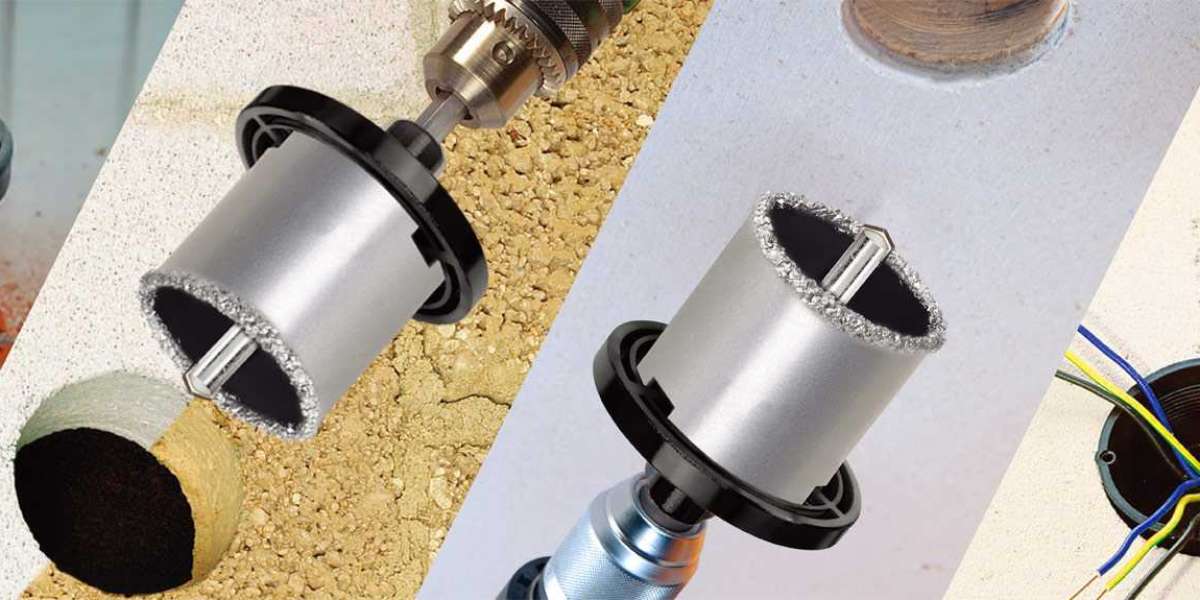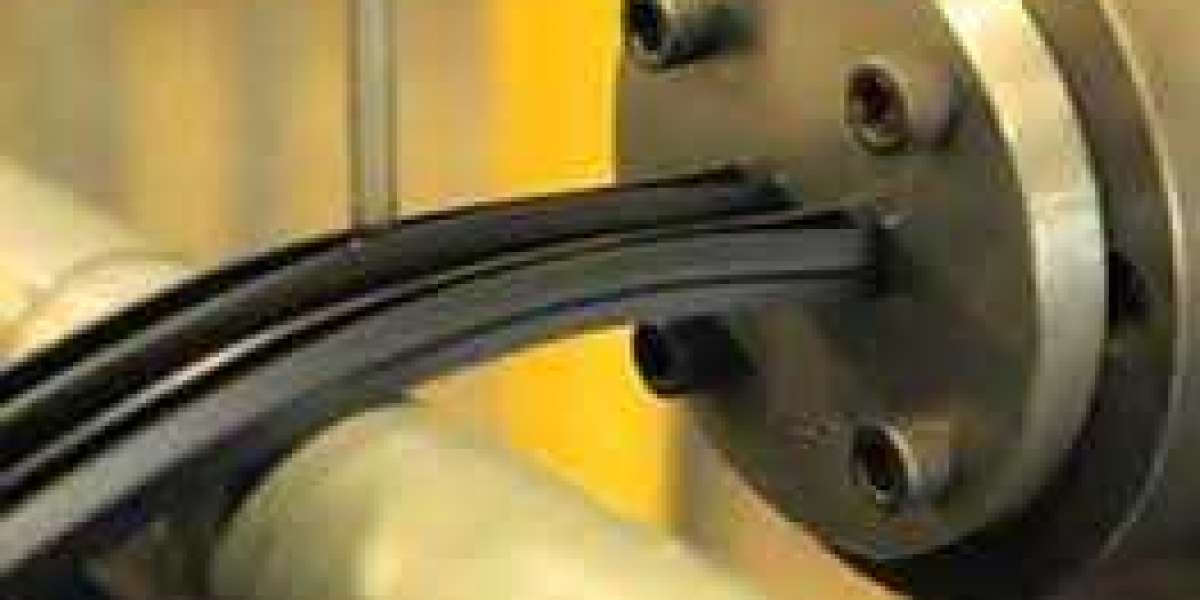Cutting tools are tools used for cutting in machine manufacturing. Most tools are machine-use, but there are also hand-use tools. Since the tools used in mechanical manufacturing are basically used to cut metal materials, the term "tool" is generally understood as a metal cutting tool. Tools used for cutting wood are called woodworking tools. Hangzhou Jeeja Import and Export Co., LTD manufactures cutting tools wholesale.
Tools can be divided into five categories according to the form of the workpiece surface:
- Tools for processing various external surfaces, including turning tools, planers, milling cutters, external surface broaches and files, etc.
(2) Hole processing tools, including drills, reaming drills, boring cutters, reamers and inner surface broaches, etc.
(3) Thread processing tools, including taps, dies, automatic opening and closing thread cutting heads, thread turning tools and thread milling cutters, etc.
(4) Gear processing tools, including hobs, gear shaping cutters, gear shaving cutters, bevel gear processing tools, etc.
(5) Cutting tools, including toothed circular saw blades, band saws, bow saws, cutting tools, saw blade milling cutters, etc.
In addition, there are combination tools.
According to the cutting motion mode and the corresponding blade shape, tools can be divided into three categories:
- General tools, such as turning tools, planers, milling cutters (excluding formed turning tools, formed planers and formed milling cutters), boring cutters, drills, reamers, reamers and saws, etc.
- Forming tools. The cutting edge of this type of tool has the same or nearly the same shape as the section of the workpiece to be processed, such as forming turning tools, forming planers, forming milling cutters, broaches, conical reamers and various thread processing tools, etc.
- Generating tools are used to process gear tooth surfaces or similar workpieces by the generative method, such as hobs, gear shapers, gear shaving cutters, bevel gear planers, and bevel gear milling cutters.
The materials used for manufacturing tools must have high high temperature hardness and wear resistance, necessary bending strength, impact toughness and chemical inertness, good manufacturability (cutting, forging, heat treatment, etc.), and not easy to deform.
Generally, when the material hardness is high, the wear resistance is also high; when the bending strength is high, the impact toughness is also high. But the higher the material hardness, the lower its flexural strength and impact toughness. Due to its high bending strength, impact toughness, and good machinability, high-speed steel is still the most widely used tool material in modern times, followed by cemented carbide.
Polycrystalline cubic boron nitride is suitable for cutting high hardness hardened steel and hard cast iron, etc. polycrystalline diamond is suitable for cutting non-ferrous metals, alloys, plastics and glass steel, etc.; carbon tool steel and alloy tool steel are only used Tools such as files, dies and taps.
Hard alloy indexable inserts have been coated with titanium carbide, titanium nitride, aluminum oxide hard layer or composite hard layer by chemical vapor deposition. The physical vapor deposition method under development can be used not only for cemented carbide tools, but also for high-speed steel tools, such as drills, hobs, taps and milling cutters. The hard coating acts as a barrier to hinder chemical diffusion and heat conduction, slowing down the wear rate of the tool during cutting, and the life of the coated blade is approximately 1 to 3 times longer than that of the uncoated blade.
Due to the parts that work under high temperature, high pressure, high speed, and corrosive fluid medium, more and more difficult-to-machine materials are used, and the automation level of cutting processing and the requirements for machining accuracy are getting higher and higher. In order to adapt to this situation, the development direction of tools will be the development and application of new tool materials; the further development of vapor deposition coating technology for tools, the deposition of higher hardness coatings on high toughness and high strength substrates, and a better solution The contradiction between the hardness and strength of tool materials; further develop the structure of indexable tools; improve the manufacturing accuracy of tools, reduce differences in product quality, and optimize the use of tools.
Tool materials are roughly divided into the following categories: high-speed steel, cemented carbide, cermet, ceramic, polycrystalline cubic boron nitride and polycrystalline diamond.



